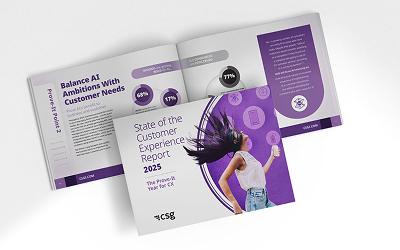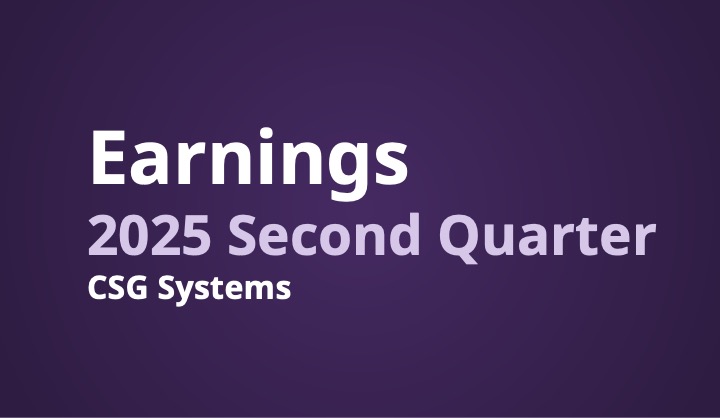“Never trust; always verify.” This principle—the underpinning for Zero Trust security—is particularly wise today, when cyberattacks are so prevalent. According to one report, more than 74 million U.S. telecommunications customers’ data was leaked in the first six weeks of 2023.
Zero Trust security minimizes the risk of unauthorized access, data breaches and lateral movement of threats within the network. Zero Trust security is increasingly valuable in today’s workplace, where users often access resources from multiple devices and locations, including remote or mobile environments.
Zero Trust is also particularly important in the era of 5G networks. Almost 75% of 5G network operators surveyed in 2022 experienced as many as six security breaches or cyberattacks in the past year—resulting in network downtime, regulatory liabilities, customer data leaks, fraud and monetary theft. Almost 70% of respondents said their current security capabilities are insufficient to manage ransomware threats, and more than 50% are not equipped to handle phishing and social engineering attacks.
By adopting a Zero Trust approach, communication service providers (CSPs) can significantly improve their cybersecurity defenses and minimize the impact of potential security breaches and attacks. In part one of this blog series, we discuss why the six core components of Zero Trust security are so critical for CSPs in the era of 5G networks.
Why Is Zero Trust Security So Essential?
In a 5G environment—where a massive number of devices and users connect to the network—the cyber threat is exponentially greater, making cybersecurity even more critical.
5G networks’ increased connectivity and data transfer capabilities allow network operators and service providers to collect huge amounts of consumer data, including sensitive personal data. Analyzing that data can lead to detailed profiling, which may compromise individuals’ privacy.
Several 5G network characteristics make Zero Trust particularly relevant and important:
Increased attack surface
5G networks allow for a massive increase in connected devices (up to 1 million per km) and data traffic. This expanded attack surface creates more opportunities for cyberattacks.
Distributed edge computing
5G enables edge computing, bringing computing resources closer to end users and devices. Autonomous vehicles, medical technologies, and smarter Internet of Things (IoT) devices and applications rely on edge computing. Greater reliance on the edge increases the risk of cyberattacks.
IoT integration
5G networks will accelerate the integration of IoT devices (such as Amazon Echo, smart watches, fitness trackers, smart home appliances, etc.), which often have limited security capabilities. IoT devices often collect and transmit personal data, including health information and behavioral patterns. These devices can open entry points for cyber attackers if they’re not appropriately managed. Zero Trust provides a robust security framework to manage and secure these IoT devices and prevent compromised devices from becoming gateways for further attacks.
Virtualization and software-defined networking (SDN)
5G networks rely heavily on virtualization and SDN, which can become security weaknesses if the system is not adequately secured.
Network slicing
Slicing adds complexity to the network and creates potential security vulnerabilities. If slicing is poorly managed, unauthorized parties can access data in different network slices or deny access to users.
A Comprehensive CSP Security Approach Starts with Zero Trust
Zero Trust security is a cybersecurity framework that assumes no device, user or network is inherently trustworthy, regardless of its location. With a Zero Trust approach, all access is continuously validated to ensure granted trust remains warranted. By assuming that attacks will happen and will be successful, the Zero Trust model blocks unauthorized access to network resources (data, devices and services) and prevents internal lateral movement by an attacker in the event of a security breach.
This security approach enhances CSPs’ security posture by helping protect their critical infrastructure, subscriber data and sensitive business information. Zero Trust also helps CSPs comply with industry-specific regulations regarding data protection and user privacy.
Six Core Components of Zero Trust Security Architecture
Zero Trust security takes an application-centric approach that focuses on securing individual applications and data rather than assuming trust based on network location (e.g., inside the perimeter, protected by a firewall). While there are many competing reference and maturity models for Zero Trust architectures, all Zero Trust security architectures include these six components:
| Component | Description | Benefits to CSPs |
|---|---|---|
| Strong Authentication | User and device authentication, authorization, and access control Verifies each user’s identity and ensures they have the required permissions to access the requested resources using modern authentication practices. Modern authentication practices include:
| Protect their networks and data from unauthorized access |
| Least Privilege Access | Users and devices are granted the minimum level of access required to perform their specific tasks. Access is granted just-in-time only when it is needed to prevent abuse of over-privileged accounts. | Limits the damage, even if one account or device is compromised |
| Dynamic and Context-Aware Access Control |
Contextual factors are considered when granting permissions:
Adapts access control based on real-time risk and exposure assessments |
Protects against advanced threats Aligns access privileges with the current security risk, providing a flexible and secure user experience Allows security teams to respond to advanced and emerging threats promptly |
| Encryption | All data and communications are encrypted at rest and in transit | Safeguards customer privacy Only authorized users and devices can access subscriber data Maintains customer trust in the CSP’s services |
| Micro-segmentation |
Divides networks into smaller, isolated segments or zones Limits the exposure of critical resources to potential threats Traffic between these segments is strictly controlled and monitored | Reduces the attack surface (the number of possible ways an attacker can get into a device or network and extract data) Reduces security breaches Prevents lateral movement of threats within the network |
| Continuous Monitoring |
Real-time monitoring of user behavior and network traffic detects anomalous behavior and potential security incidents Continuous monitoring ensures security controls are working as designed |
Protects against advanced threats Reduces the impact of cyber-attacks by promptly detecting advanced and emerging threats, allowing operators to take immediate action Enables automated response scenarios, runbooks, and emerging AI-driven response capabilities |
While no technology or point product can make an organization “Zero Trust,” implementing Zero Trust security typically involves a combination of technologies, such as:
- Identity access and management solutions
- Privileged access management solutions
- Network segmentation tools
- Zero Trust Network Access and/or Secure Access Security Edge solutions
- Endpoint security and posture management software
- Continuous monitoring systems, including SIEM, SOAR and UEBA
By applying Zero Trust security architecture and mindsets to 5G infrastructure and operations, CSPs can build a more robust and resilient security foundation to protect data and systems against cyberattacks. Leveraging a Zero Trust maturity model can help CSPs, and all other types of organizations, manage their Zero Trust journeys, reduce risk and apply tested security controls in a prioritized and cost-effective manner.
CSG SaaS solutions include fully managed, comprehensive cybersecurity. Built on established, trusted industry standards, CSG’s industry-leading cloud security program delivers scalable solutions for your business. CSG’s solutions are balanced with governance, compliance and continuous validation for effective, real-world security. Our programs run on a secure foundation encompassing best-in-class security operations, security testing and incident response that ensures your customers’ data remains private and secure.











